Imagine living a life where you never flinch at a stubbed toe, never wince from a burn, and never feel the ache of a headache. For Jo Cameron, this is everyday reality. She spent decades unaware that her unique existence was extraordinary, until a routine medical procedure revealed something astonishing. Jo’s journey from an ordinary Scottish teacher to the center of a genetic mystery has opened new doors in science—and raised profound questions about the nature of pain itself.
The First Clues: Routine Surgeries Without Anesthesia

Jo’s remarkable condition first drew medical attention when she underwent hand surgery—and needed minimal pain relief.
She reported barely any discomfort, even after procedures that typically require strong anesthesia.
Doctors were astounded as Jo calmly described feeling only mild “tickling” sensations during injuries that would leave most people in agony.
Her casual attitude toward physical trauma left physicians searching for answers, prompting them to dig deeper into her unique biology.
Doctors Take Notice: The Search for Answers
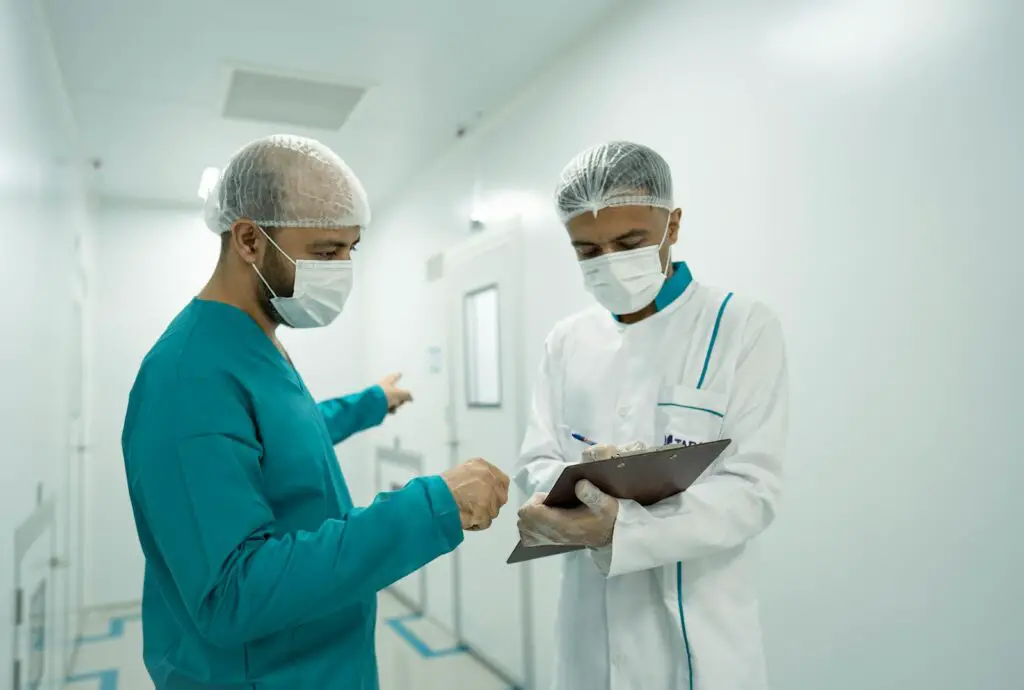
Jo’s pain-free life quickly captured the attention of medical professionals.
Suspecting a genetic cause, doctors launched a thorough investigation, running genetic tests and reviewing her medical history in detail.
Her case, featured in a BBC report, intrigued pain specialists and geneticists alike.
What began as idle curiosity soon turned into a rigorous scientific inquiry, as experts realized they were witnessing something truly unprecedented within human biology.
The Science of Pain: How Most Bodies Respond
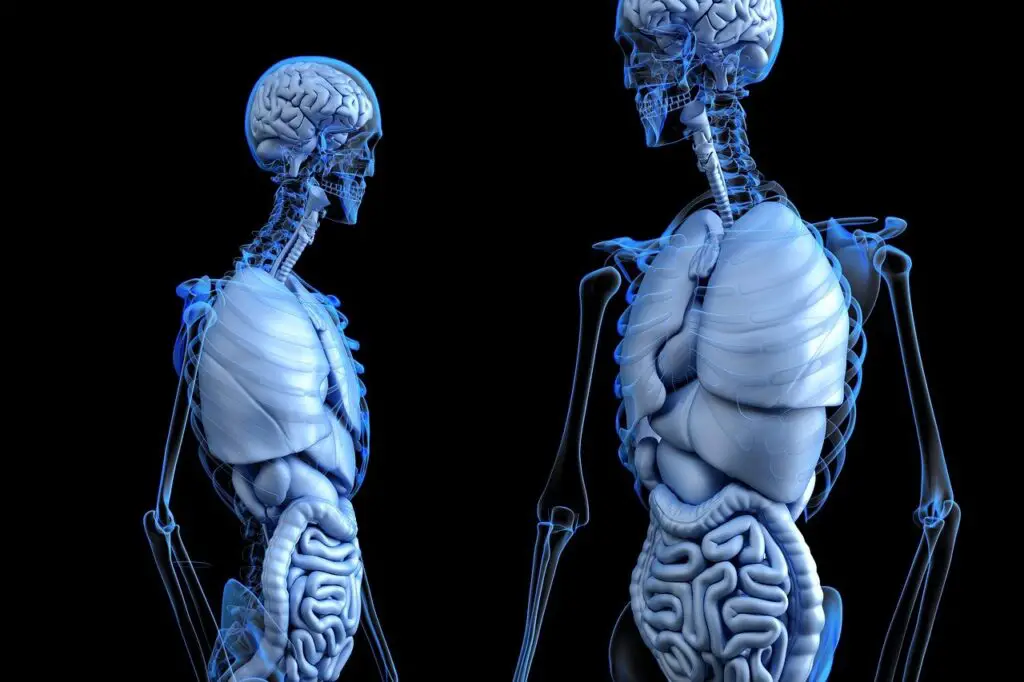
Pain is a vital warning system.
When our bodies are injured, specialized nerves called nociceptors detect the damage and send electrical signals through the spinal cord to the brain.
This rapid communication triggers the familiar sensation of pain, alerting us to take action and avoid further harm.
In most people, this process is essential for survival. As detailed in the NIH overview, pain not only signals injury but also promotes healing and self-preservation.
Genetic Sleuthing: Sequencing Jo’s DNA
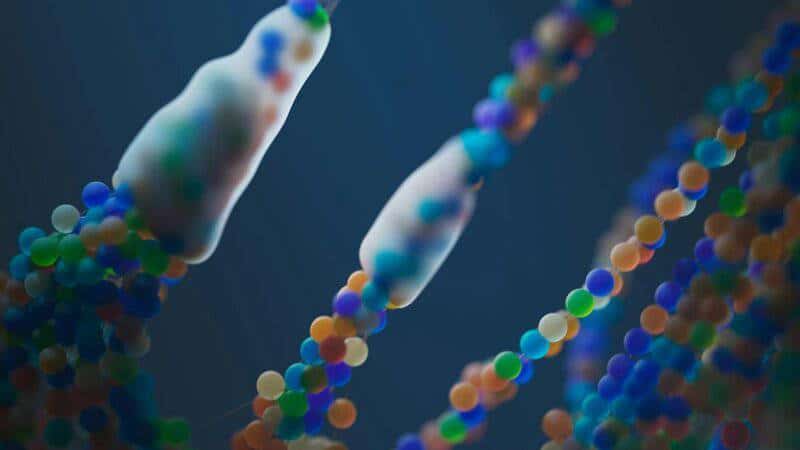
To unravel the mystery behind Jo’s insensitivity to pain, researchers turned to her genetic code.
Advanced DNA sequencing techniques were employed, meticulously searching for mutations that could explain her unique biology.
According to a Nature article, the scientific team compared her genes to those of typical pain-sensitive individuals, hoping to pinpoint critical differences.
Their investigation would soon reveal a genetic alteration that had never been observed before in medical literature.
A Mutation in FAAH: The ‘No Pain’ Gene

Researchers identified a significant mutation in Jo’s FAAH gene—a gene known to regulate pain, mood, and memory.
This gene is responsible for breaking down certain neurotransmitters involved in pain sensation.
As outlined by Science Daily, Jo’s mutation caused her body to produce far less FAAH enzyme than usual, disrupting normal pain signaling.
This rare genetic twist effectively turned down her body’s pain “volume,” leaving her virtually immune to physical suffering.
The Surprising Role of Endocannabinoids
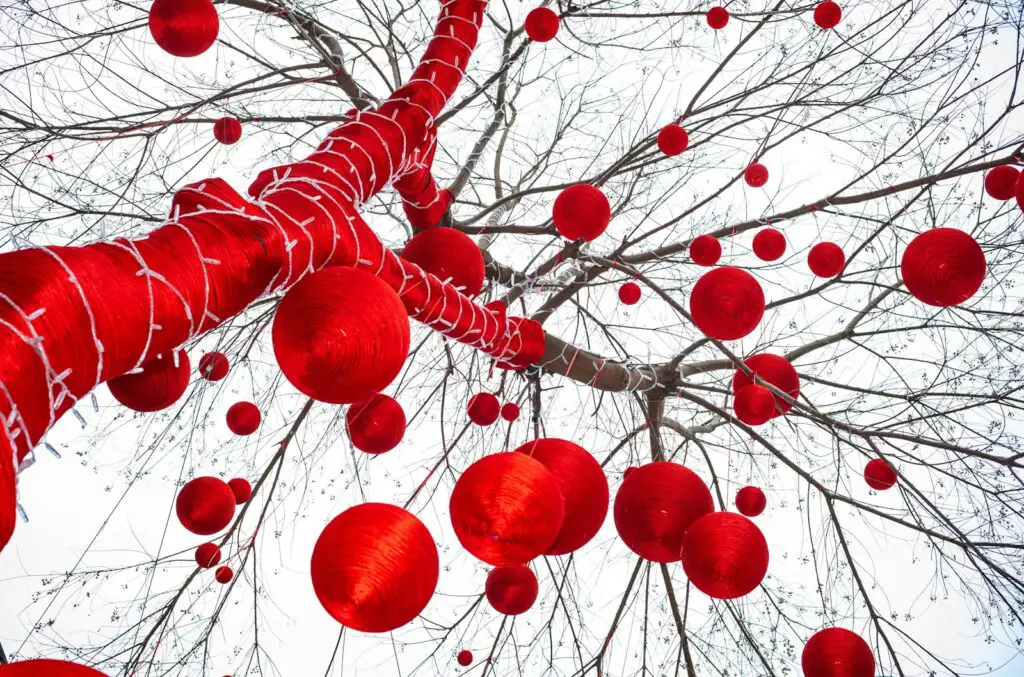
The FAAH gene’s primary role is to break down endocannabinoids—natural chemicals in our bodies that affect pain, mood, and memory.
When FAAH activity is reduced, as in Jo’s case, endocannabinoids linger longer in the system.
According to Harvard Health, these compounds act much like cannabis, dulling pain and boosting well-being.
Jo’s unique biology means her brain’s “own marijuana” is always active, reshaping her experience of the world.
A Second Genetic Mystery: FAAH-OUT
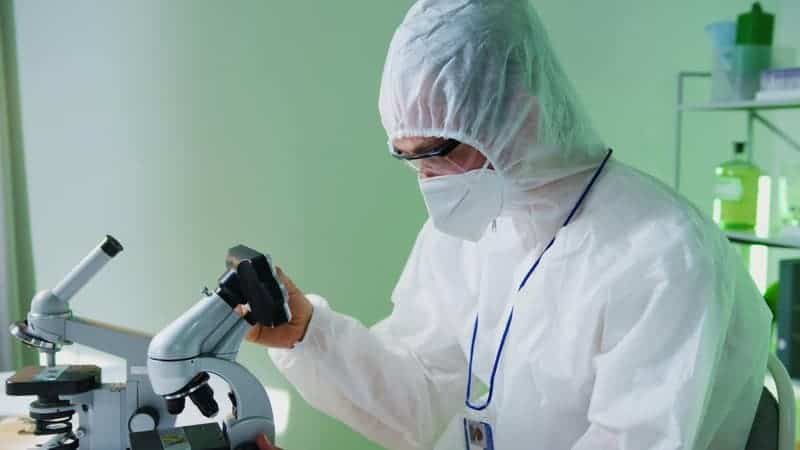
The investigation didn’t stop with the FAAH gene.
Researchers also uncovered a mutation in a previously unidentified gene, dubbed FAAH-OUT.
This genetic alteration, described by The Guardian, further amplified Jo’s inability to feel pain.
FAAH-OUT appears to regulate the activity of the FAAH gene, and mutations in both created a rare “double whammy” that had never before been documented in medical science.
Beyond Pain: No Anxiety or Fear

Jo’s genetic mutations didn’t just silence physical pain—they also erased anxiety and fear from her life.
As reported by CNN, Jo describes her days as largely worry-free, even in situations that would cause panic for most people.
This unusual psychological calmness offers a rare window into how our genes shape not only what we feel in our bodies, but also what we experience in our minds.
Everyday Life: The Hidden Dangers

While Jo’s pain-free existence might sound enviable, it comes with serious risks.
Without the body’s natural warning system, she’s accidentally burned herself, broken bones, and suffered unnoticed injuries—sometimes only discovering them once they became infected or required medical attention.
Jo’s story is a powerful reminder that pain, though unpleasant, serves a critical function in keeping us safe.
Her daily life demands extra vigilance and awareness, as her body won’t alert her to danger on its own.
Childbirth Without Agony
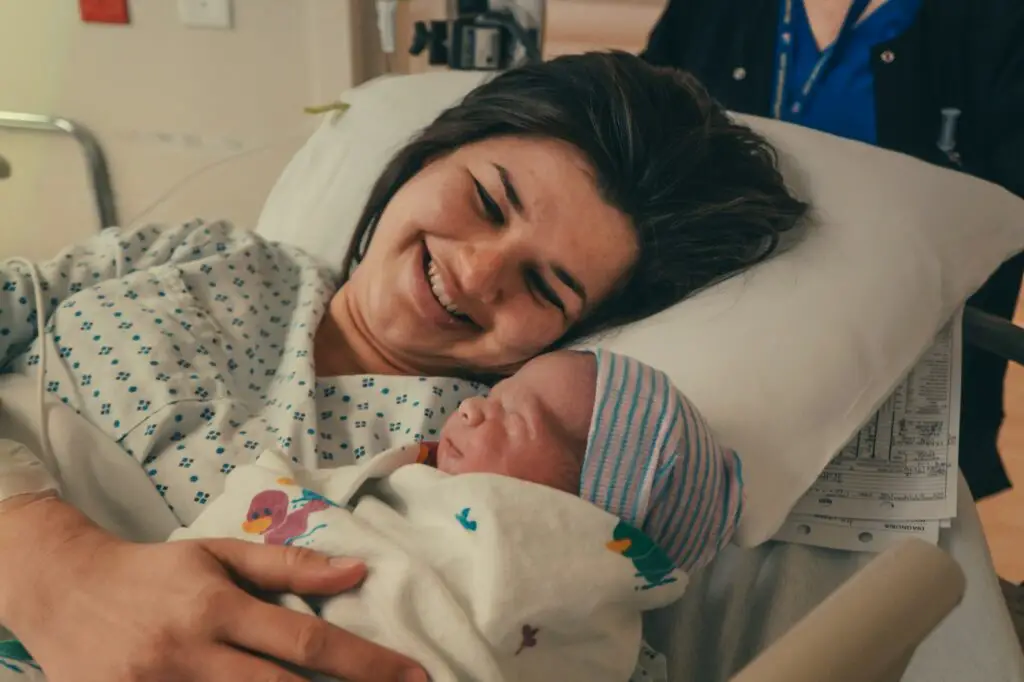
Perhaps most astonishingly, Jo recalls childbirth as merely “ticklish,” with no trace of the agony most mothers endure.
Her unusual experience, reported by The Independent, left doctors in disbelief.
Jo’s account stands as a striking testament to the profound effects her rare genetic mutations have on even the most universally painful human experiences.
What Is Congenital Insensitivity to Pain?
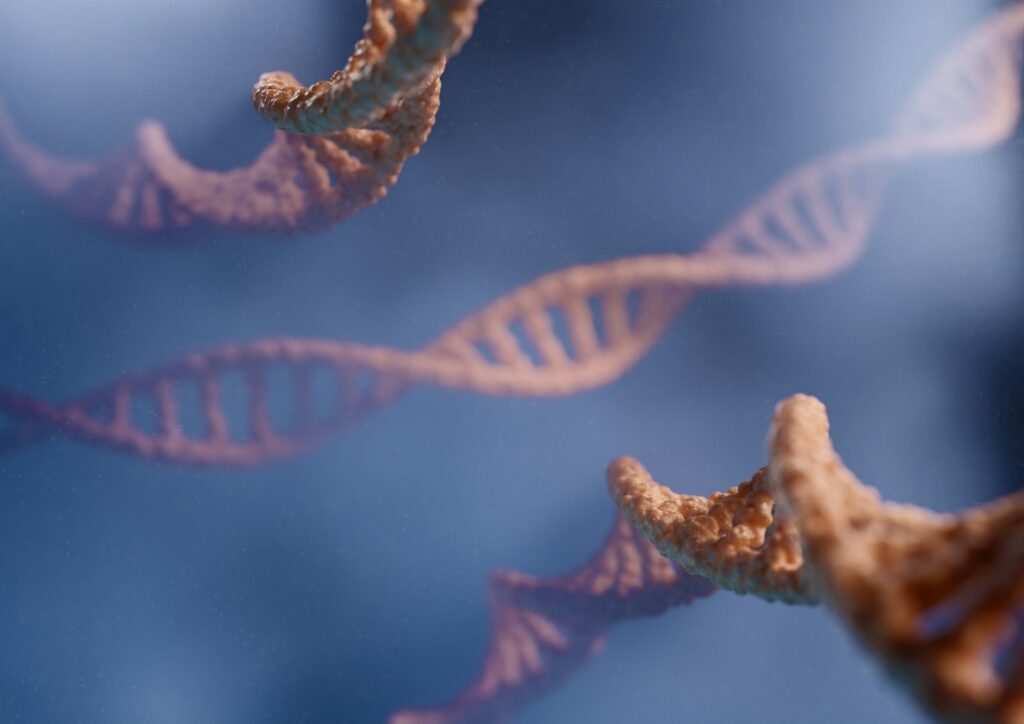
Jo’s condition is a form of congenital insensitivity to pain, a rare genetic disorder where individuals are unable to perceive physical pain from birth.
According to Genetics Home Reference, affected people often suffer frequent injuries, burns, or fractures—sometimes with life-threatening consequences.
Other documented cases include children who unknowingly bite their tongues or break bones without realizing it.
Despite its risks, the disorder fascinates scientists searching for new pain relief therapies.
How Rare Is Jo’s Condition?

While congenital insensitivity to pain itself is extremely rare, Jo’s specific combination of FAAH and FAAH-OUT mutations is virtually unique.
As highlighted by Science Magazine, her genetic profile has not been found in any other documented case.
This makes Jo’s story not just medically remarkable, but scientifically invaluable—offering unprecedented insight into the genetic foundations of pain and the potential for novel treatments.
The Dark Side: Delayed Medical Treatment

Jo’s inability to feel pain often led to unintended consequences—sometimes with dangerous results.
Without discomfort to alert her, she occasionally overlooked significant injuries or infections, delaying treatment until symptoms became severe.
This absence of warning signals increased her risk for complications and prolonged recoveries.
Her story highlights the hidden dangers of pain insensitivity, reminding us that pain, though unpleasant, is an essential safeguard for our health and survival.
The Mystery of Jo’s Quick Healing
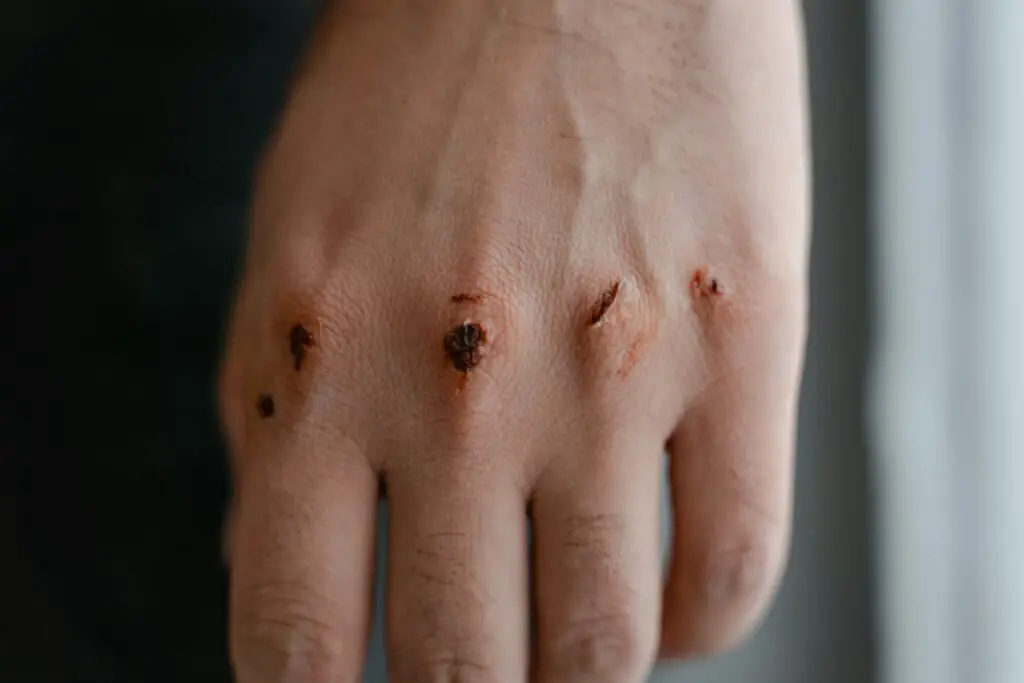
In addition to her lack of pain, Jo also exhibits an extraordinary ability to heal.
Her wounds and burns recover with remarkable speed—a phenomenon that has intrigued scientists.
As noted by Science News, researchers suspect her unique genetic makeup, particularly the FAAH and FAAH-OUT mutations, may play a role in accelerating tissue repair.
This trait not only sets Jo apart further but could hold clues for developing advanced healing therapies in the future.
Pain and Emotional Processing

Pain is deeply intertwined with our emotional lives, often shaping empathy, relationships, and social bonds.
According to Psychology Today, pain experiences can foster connection, compassion, and understanding among individuals.
For Jo, the absence of both physical pain and anxiety may subtly affect her interactions and emotional depth.
Her story raises intriguing questions about how pain shapes not only individual survival, but also our shared human experience and sense of community.
Testing Family Members: Genetics in the Family
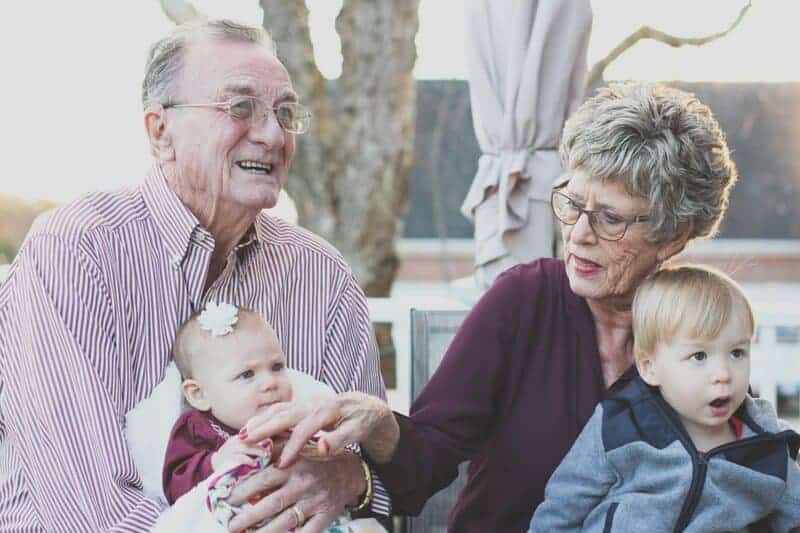
Curious about the inheritance of Jo’s rare traits, scientists analyzed the DNA of her family members.
They discovered that some relatives carried partial versions of the same mutations, though none shared Jo’s complete insensitivity to pain.
These findings shed light on the complex ways genetic traits are passed down, and highlight how even subtle differences in DNA can greatly affect a person’s physiology and everyday experiences.
Potential for New Painkillers

Jo’s remarkable genetics have sparked intense interest from pharmaceutical companies.
By studying the specific mutations in her FAAH and FAAH-OUT genes, researchers hope to unlock new ways to treat pain without the risk of addiction.
According to The Pharmaceutical Journal, these breakthroughs could lead to the development of safer, more effective painkillers, transforming treatment for millions suffering from chronic pain worldwide.
Pain Versus Survival: Why We Need Pain
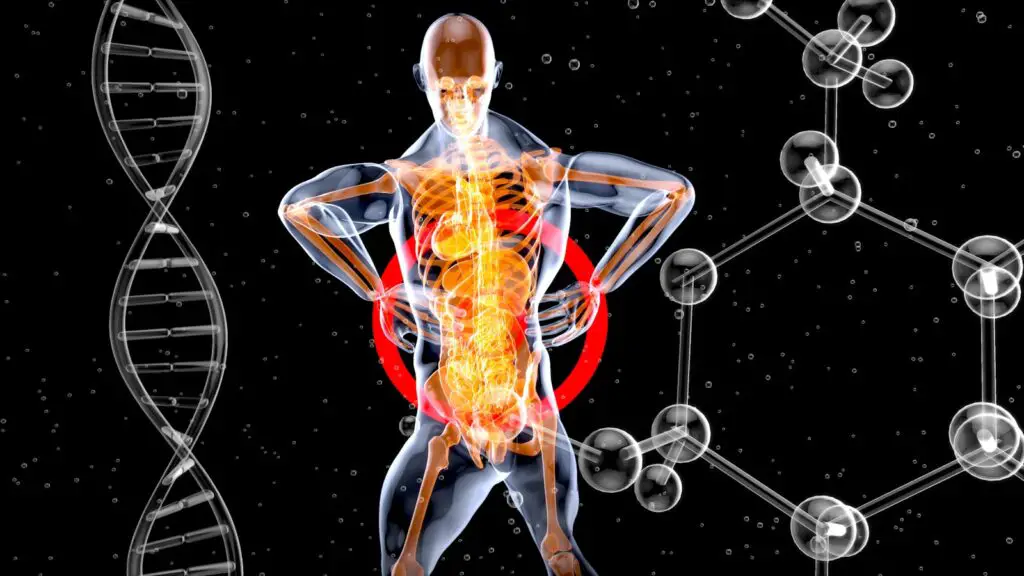
Despite its unpleasantness, pain plays a crucial evolutionary role in keeping us safe.
As explained in Scientific American, pain alerts us to injury, infection, or danger, prompting immediate action to minimize harm.
Without this vital signal, people like Jo face hidden hazards and increased risk of serious health issues.
Her life illustrates the delicate balance between comfort and survival that pain helps to maintain.
Jo’s Optimism: The Bright Side of a Rare Condition

Despite the challenges and dangers, Jo approaches her condition with remarkable optimism.
She embraces her pain-free life, viewing it as a unique blessing rather than a burden.
Jo’s openness and humor have inspired many, and she’s used her newfound fame to raise awareness about rare genetic disorders.
Her positive attitude is a testament to the resilience of the human spirit—even in the face of the unknown.
Global Attention: Media and Scientific Interest
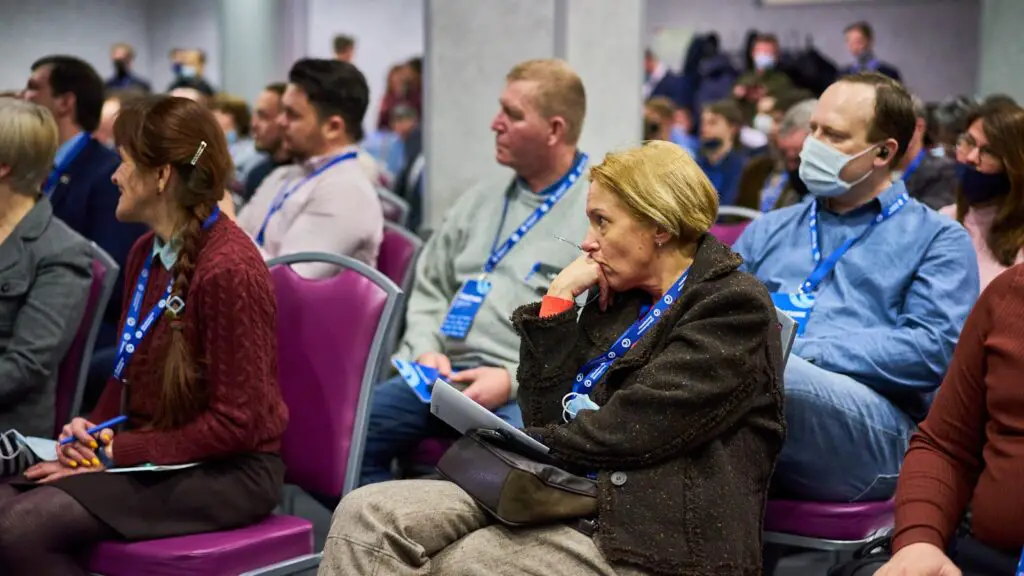
Jo’s extraordinary story has captivated both the scientific community and the public worldwide.
Her case has been featured in major news outlets and medical journals, generating intense interest and discussion.
Researchers across the globe are now exploring her genetic mutations, hoping to unlock new medical advances.
Jo’s experience has not only broadened our understanding of pain but has also put the spotlight on rare genetic research.
Comparisons to Other Cases: Not Alone

Jo is not the only person in the world with pain insensitivity, but her story stands out for its genetic complexity.
Other cases, documented globally and discussed in National Geographic, often involve single gene mutations.
Jo’s dual mutation in both FAAH and the newly discovered FAAH-OUT gene sets her apart.
Her case provides fresh insights into the spectrum of pain disorders and the diverse genetic pathways that can lead to such rare conditions.
Ethical Questions: Should We Edit Pain?
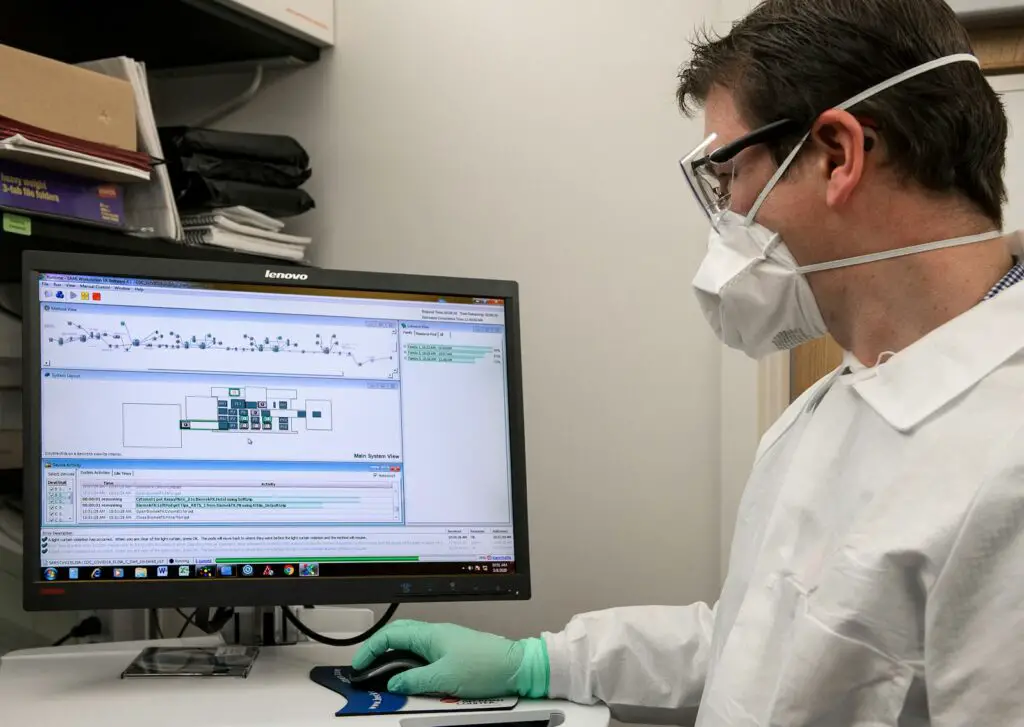
Jo’s case raises profound ethical questions about the possibility of editing pain out of human existence.
Could gene editing be used to eliminate suffering, or would this tampering undermine an essential part of our biological and emotional lives?
As debated in Nature, removing pain might create unforeseen risks, such as increased injury or loss of empathy.
Balancing relief from chronic pain with the need for safety and humanity remains a central dilemma.
Lessons for Science: What Jo’s DNA Can Teach Us
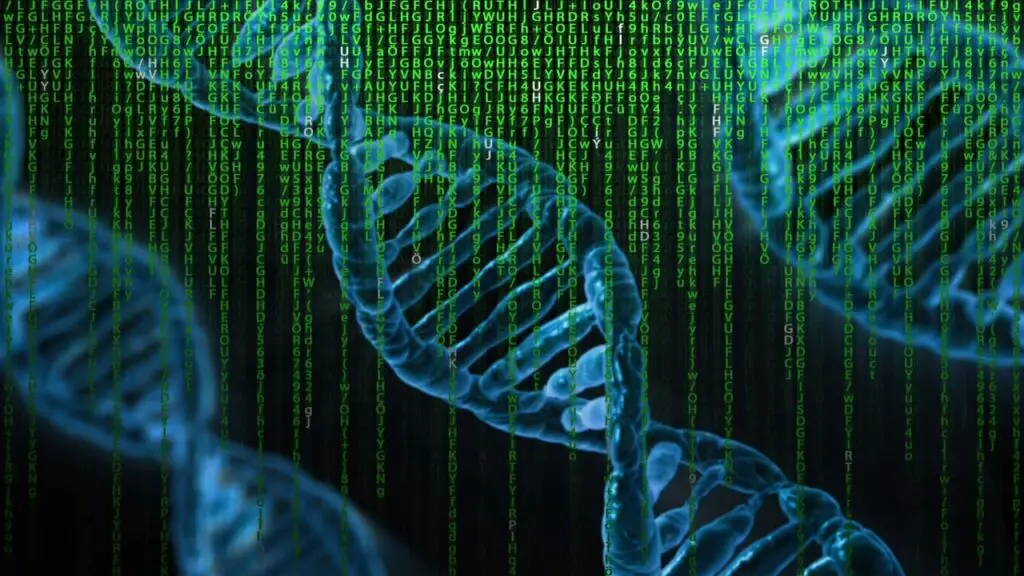
Jo’s genetic blueprint offers a unique window into the mysteries of pain and neurology.
By unraveling the molecular mechanisms behind her pain insensitivity, scientists hope to develop innovative treatments for chronic pain, anxiety, and even mood disorders.
Her case could accelerate discoveries in nerve signaling, gene therapy, and personalized medicine.
Ultimately, Jo’s DNA may hold the key to safer, more effective ways to manage pain—transforming lives far beyond her own.
The Future: Personalized Medicine and Pain
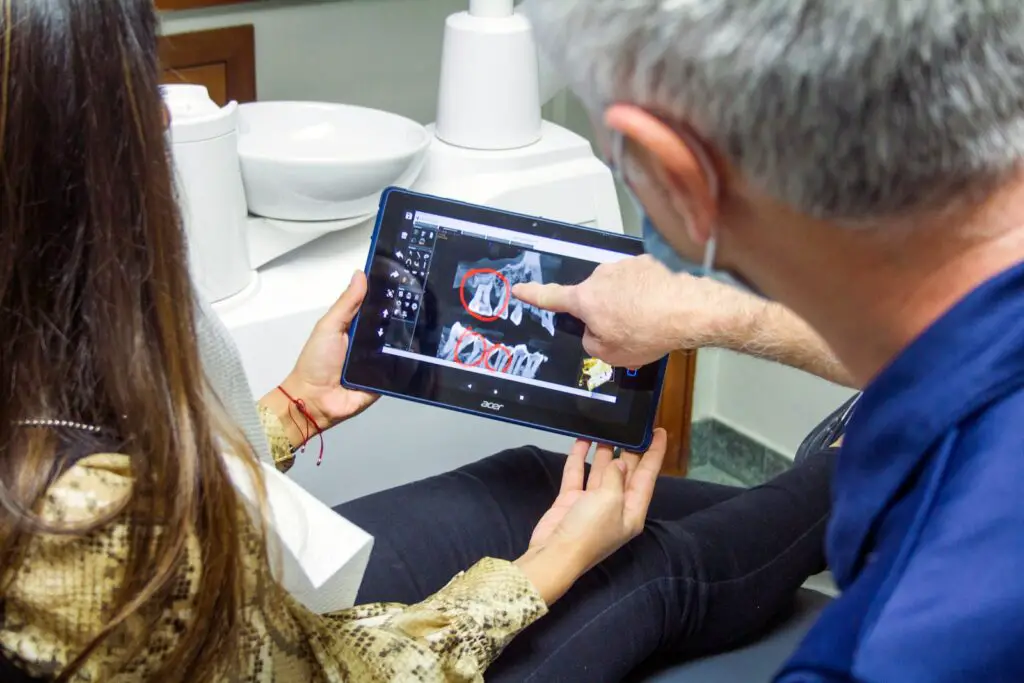
The insights gained from Jo’s genetic mutations are fueling new hope for personalized medicine.
As described by the NIH Precision Medicine initiative, tailoring treatments to an individual’s genetic profile could revolutionize pain management.
Future therapies may target specific genes or pathways, minimizing side effects while maximizing relief.
Jo’s extraordinary DNA is helping to chart a path toward custom-designed pain solutions, bringing us closer to a future where treatment is as unique as each patient.
The Ongoing Mystery: What We Still Don’t Know

Despite the remarkable discoveries surrounding Jo’s genetics, much about her pain-free world remains unexplained.
Scientists are still unraveling how her unique mutations interact with other biological systems, and why she heals so quickly.
Questions persist about the broader impacts on her cognition, aging, and emotional life.
Jo’s case is a vivid reminder that, while science has made great strides, the full story of pain—and its absence—continues to elude us.
Conclusion: The Legacy of a Pain-Free Life

Jo Cameron’s extraordinary journey forces us to rethink the purpose of pain and the powerful role genetics play in shaping our lives.
Her unique biology challenges what we take for granted about suffering, survival, and emotional connection.
As science continues to unravel the secrets of her DNA, Jo’s story stands as a testament to the complexity of the human body—and the surprising ways in which it can defy expectation.
Medical Disclaimer

This article is intended for informational purposes only and does not substitute for professional medical advice, diagnosis, or treatment.
If you have questions about pain or any health condition, please consult a qualified healthcare provider.
Stay curious—and always put your health first.

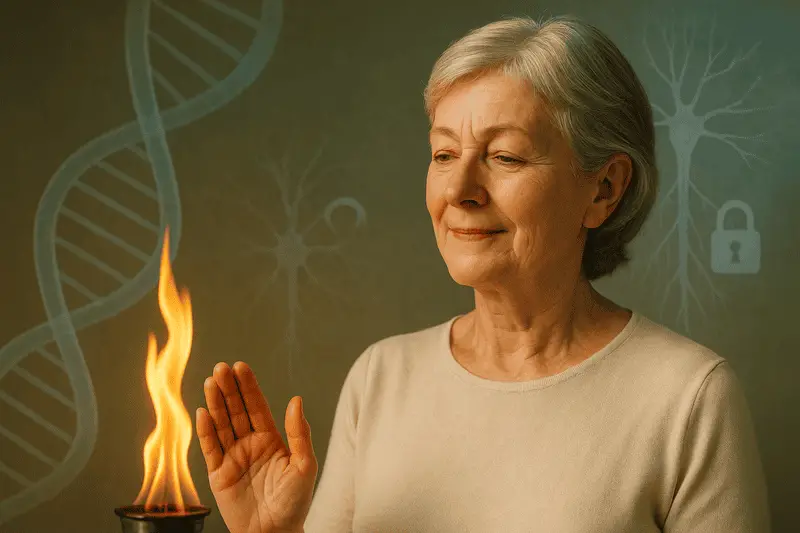

Vielleicht interessiert es Sie:
Wussten Sie! Minensuchratten auf dem Schlachtfeld und sie sind super effektiv!
Wie viele Giraffenarten gibt es? Leben sie alle in Afrika?
Der Vogel ist das Weibchen der Vögel: wahr oder falsch?
Warum bauen Biber Dämme? Welchen Nutzen?
Warum leben manche Tiere nachtaktiv? Welche Vorteile?
Küssen Tiere? Ist das die gleiche Bedeutung wie Menschen?
200+ Hilarious Seahorse Jokes That Will Make You Smile and Giggle
200+ Funny Investment Jokes to Boost Your Financial Humor Game